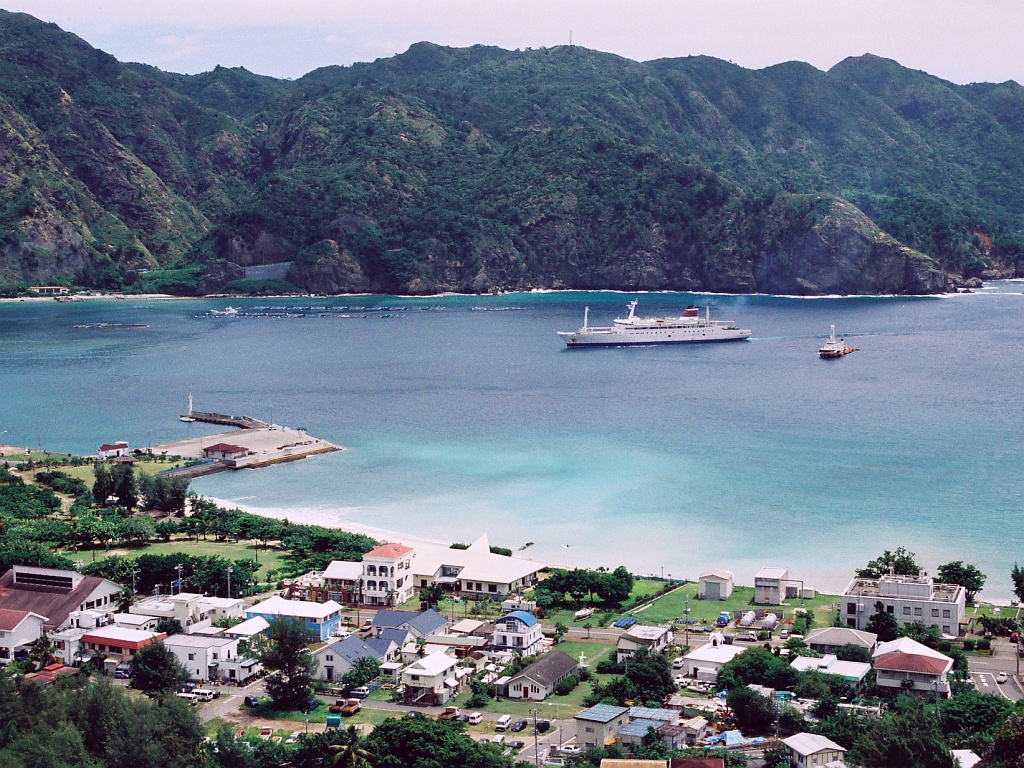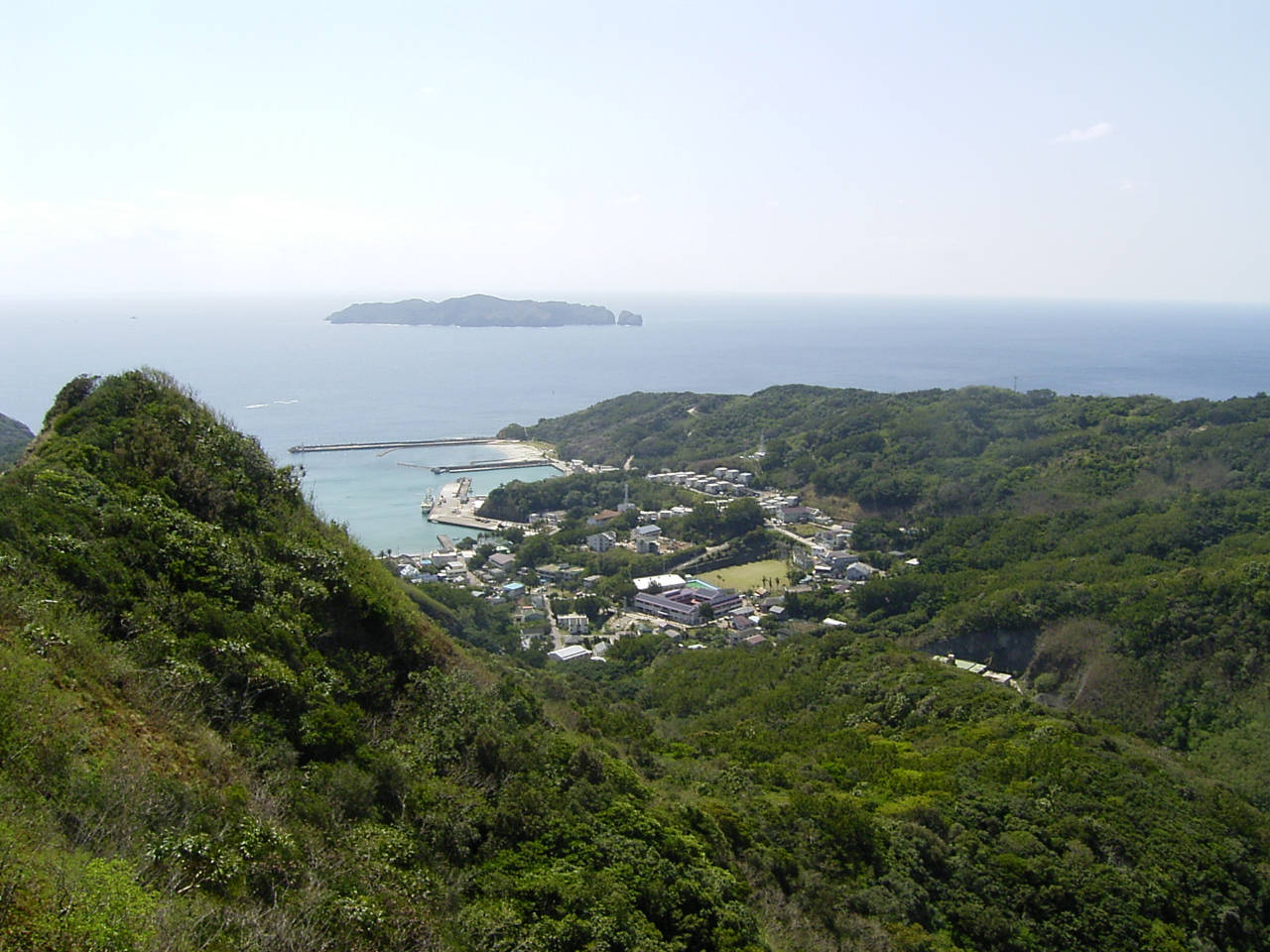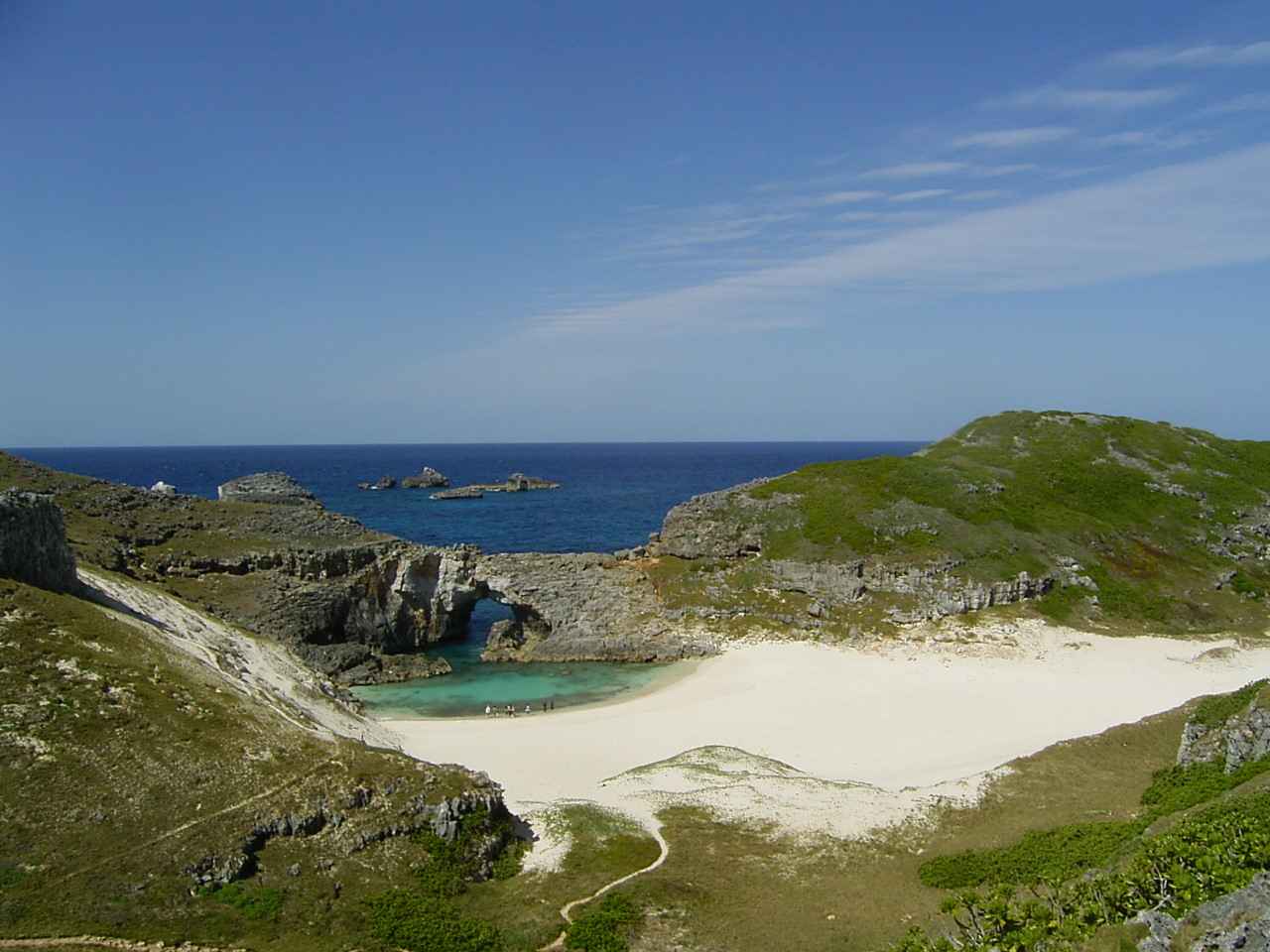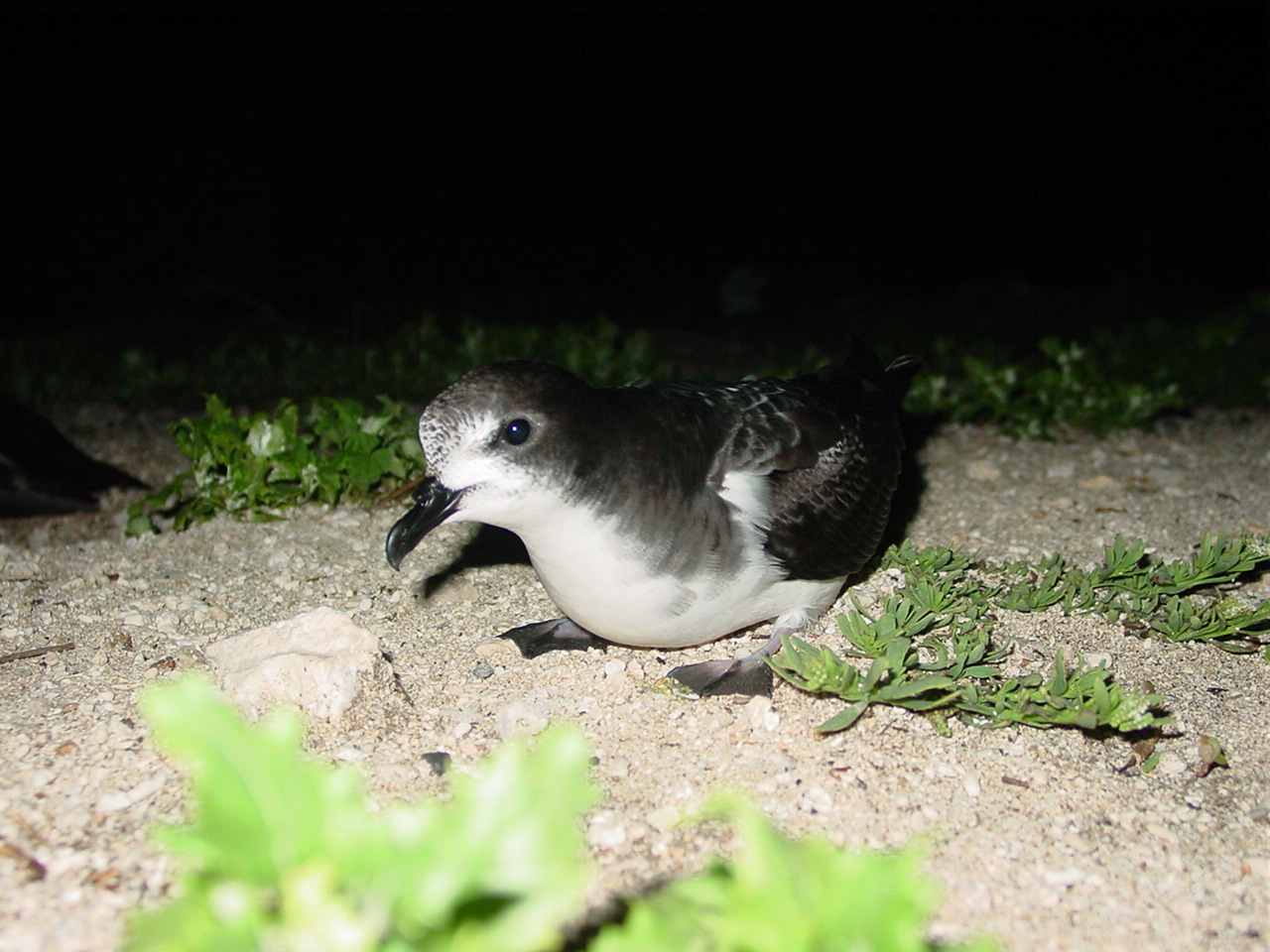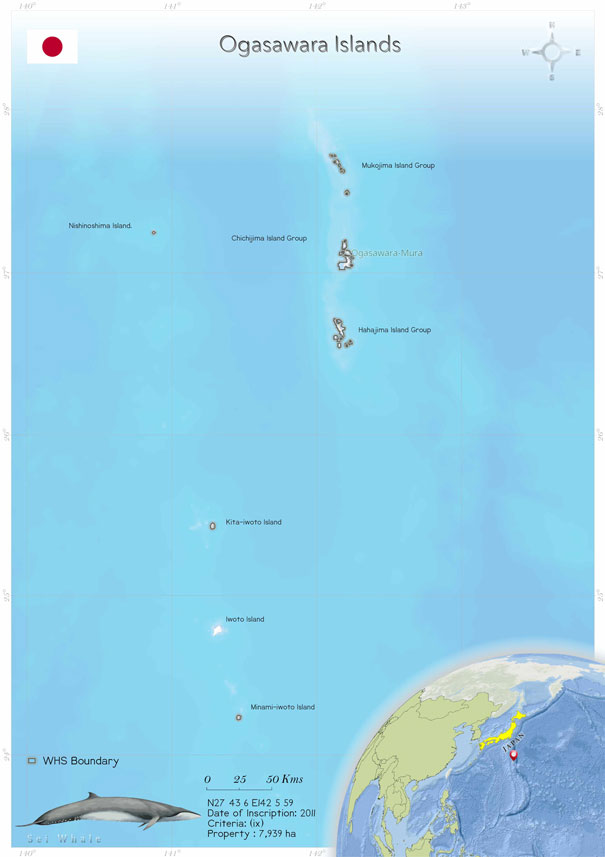
Ogasawara Islands (1362)
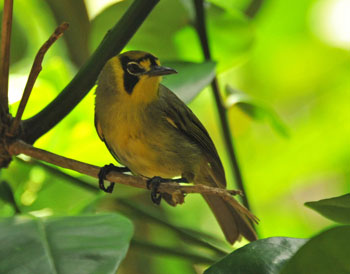 The Ogasawara Islands were inscribed as a World Heritage Site in 2011. They are located in the north-west Pacific Ocean, 1000 km to the south of the Japanese archipelago. The site extends 400 km from north to south and include over 30 islands with an area of about 7939 ha. The site mainly consists of sub-tropical forests. Steep cliffs in the area encircle sclerophyllous shrublands and are home to 440 species of native vascular plants. The site is home to approximately 100 native land snail species, representing 90% endemism. Its habitats are home to species such as the Bonin flying fox, a critically endangered bat, several endangered species of birds, numerous species of fish, cetaceans and corals. The current threats include the presence of invasive alien species and climate change. Noteworthy progress has been made in the alleviation and weeding out of invasive species, but significantly high threat levels persist due to the widespread distribution of the green anole (Anolis carolinensis) and the invasive flatworm (Platydemus manokwari) and the potential introduction of the African big-headed ant (Pheidole megacephala), which poses an existential threat to land snails. The management system, though effective, is complex due to the involvement of multiple actors.
The Ogasawara Islands were inscribed as a World Heritage Site in 2011. They are located in the north-west Pacific Ocean, 1000 km to the south of the Japanese archipelago. The site extends 400 km from north to south and include over 30 islands with an area of about 7939 ha. The site mainly consists of sub-tropical forests. Steep cliffs in the area encircle sclerophyllous shrublands and are home to 440 species of native vascular plants. The site is home to approximately 100 native land snail species, representing 90% endemism. Its habitats are home to species such as the Bonin flying fox, a critically endangered bat, several endangered species of birds, numerous species of fish, cetaceans and corals. The current threats include the presence of invasive alien species and climate change. Noteworthy progress has been made in the alleviation and weeding out of invasive species, but significantly high threat levels persist due to the widespread distribution of the green anole (Anolis carolinensis) and the invasive flatworm (Platydemus manokwari) and the potential introduction of the African big-headed ant (Pheidole megacephala), which poses an existential threat to land snails. The management system, though effective, is complex due to the involvement of multiple actors.
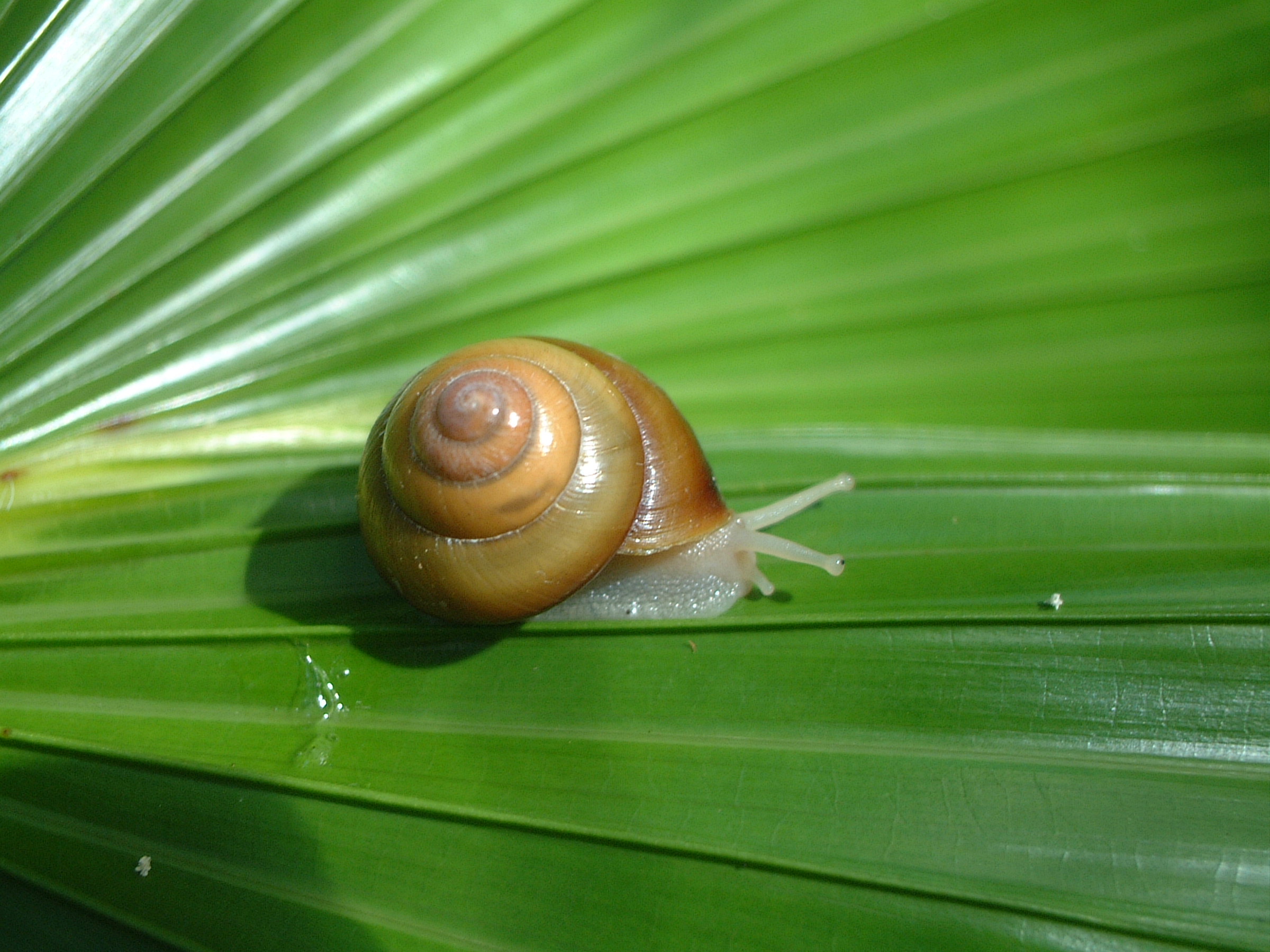 The Ogasawara islands are a site of great beauty. They are located in the north-west Pacific Ocean 1000 km to the south of the Japanese archipelago. The Ogasawara Archipelago extends 400 km north to south and includes over 30 islands in three groups, Mukojima, Chichijima and Hahajima, and three individual islands, Kita-iwoto and Minami-iwoto. These are significantly linked to the Kazan group and Nishinoshima Island. The islands span across the Izu-Ogasawara Arc Trench System and cover an area of about 7939 ha (6358 ha terrestrial area and 1581 ha marine area). Presently, the two islands in which humans live are Chichijima and Hahajima. The site mainly consists of sub-tropical forests and steep cliffs that encircle sclerophyllous shrublands. The site has 440 species of native vascular plant. The endemism is up to 70% in the woody plants. There are approximately 100 native species of land snail (90% endemism). The site has habitats in which species such as the Bonin flying fox, a critically endangered bat, 195 endangered species of bird and numerous fish, cetacean and coral species are found. The World Heritage Site has an Endemic Bird Area that includes five of Japan’s 167 Important Bird Areas (IBAs). Fourteen of the 195 bird species are listed in the IUCN Red List (World Heritage Nomination 2011). In the recent past, a study proposed that a land bird, c, be recognized as a new species that is endemic to Ogasawara (Saito et al. 2020). The islands not only contribute in nurturing the evolutionary processes in oceanic island eco-systems but also retain endemism, speciation through robust radiation.
The Ogasawara islands are a site of great beauty. They are located in the north-west Pacific Ocean 1000 km to the south of the Japanese archipelago. The Ogasawara Archipelago extends 400 km north to south and includes over 30 islands in three groups, Mukojima, Chichijima and Hahajima, and three individual islands, Kita-iwoto and Minami-iwoto. These are significantly linked to the Kazan group and Nishinoshima Island. The islands span across the Izu-Ogasawara Arc Trench System and cover an area of about 7939 ha (6358 ha terrestrial area and 1581 ha marine area). Presently, the two islands in which humans live are Chichijima and Hahajima. The site mainly consists of sub-tropical forests and steep cliffs that encircle sclerophyllous shrublands. The site has 440 species of native vascular plant. The endemism is up to 70% in the woody plants. There are approximately 100 native species of land snail (90% endemism). The site has habitats in which species such as the Bonin flying fox, a critically endangered bat, 195 endangered species of bird and numerous fish, cetacean and coral species are found. The World Heritage Site has an Endemic Bird Area that includes five of Japan’s 167 Important Bird Areas (IBAs). Fourteen of the 195 bird species are listed in the IUCN Red List (World Heritage Nomination 2011). In the recent past, a study proposed that a land bird, c, be recognized as a new species that is endemic to Ogasawara (Saito et al. 2020). The islands not only contribute in nurturing the evolutionary processes in oceanic island eco-systems but also retain endemism, speciation through robust radiation.
Criterion (ix)
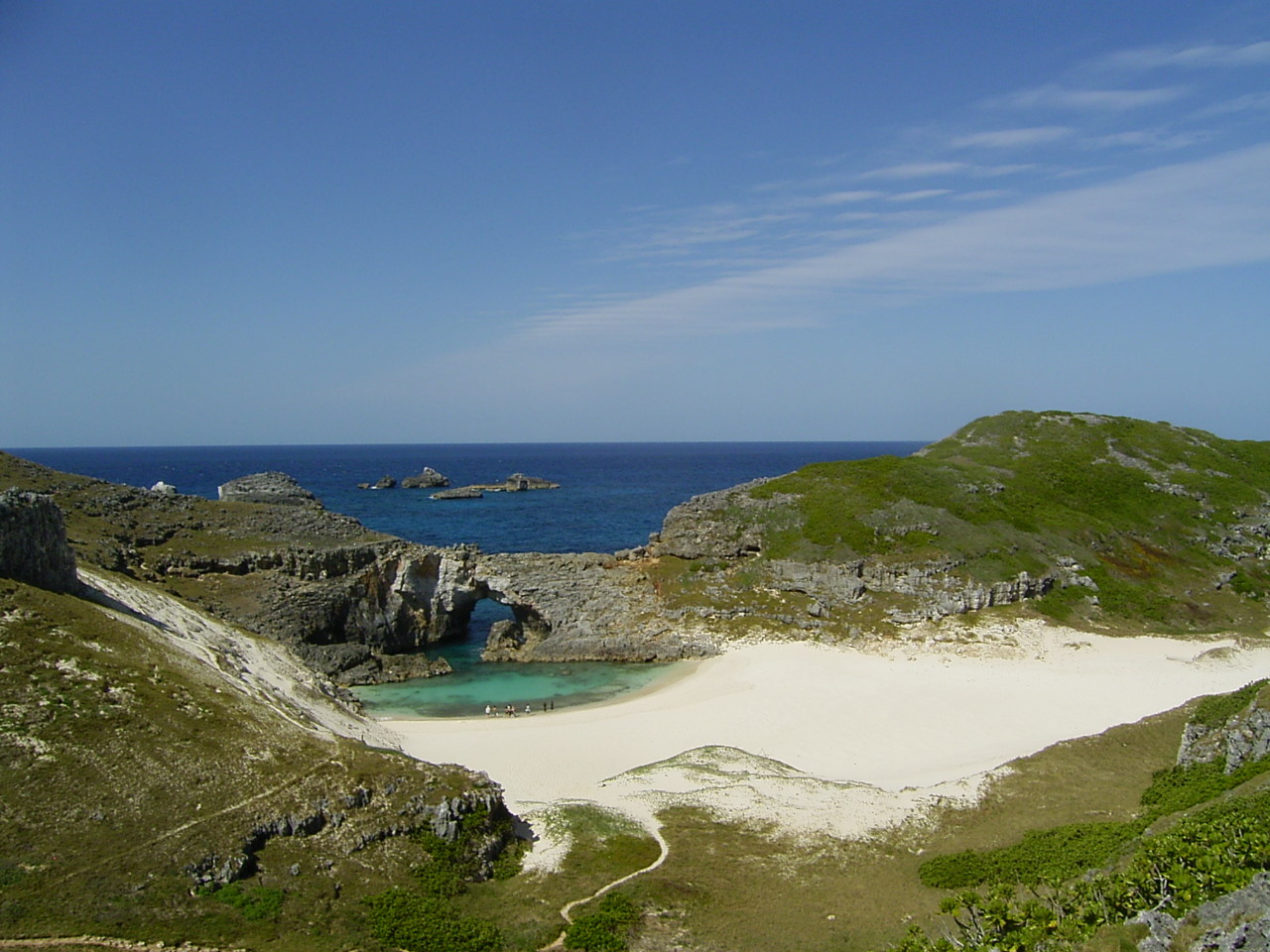 The property's ecosystems reflect a range of evolutionary processes illustrated through its rich assemblage of plant species from both a Southeast Asian and a Northeast Asian origin. There is also a very high percentage of endemic species in selected taxonomic groups, resulting from these evolutionary processes. Within the flora it is an important centre for active, ongoing speciation.
The Ogasawara Islands provide valuable evidence of evolutionary processes through their significant on-going ecological processes of adaptive radiation in the evolution of the land snail fauna as well as in their endemic plant species. The examples of fine-scale adaptive radiation between and sometimes within the different islands of the archipelago are central to the study and understanding of speciation and ecological diversification. This is further enhanced by the relatively low extinction rates in taxa such as the land snails.
It is the combination of both the concentration of endemism and extent of adaptive radiation evident in the Ogasawara Islands which sets the property apart from other places illustrating evolutionary processes. When taking into account their small area, the Ogasawara Islands show exceptionally high levels of endemism in land snails and vascular plants.
The property's ecosystems reflect a range of evolutionary processes illustrated through its rich assemblage of plant species from both a Southeast Asian and a Northeast Asian origin. There is also a very high percentage of endemic species in selected taxonomic groups, resulting from these evolutionary processes. Within the flora it is an important centre for active, ongoing speciation.
The Ogasawara Islands provide valuable evidence of evolutionary processes through their significant on-going ecological processes of adaptive radiation in the evolution of the land snail fauna as well as in their endemic plant species. The examples of fine-scale adaptive radiation between and sometimes within the different islands of the archipelago are central to the study and understanding of speciation and ecological diversification. This is further enhanced by the relatively low extinction rates in taxa such as the land snails.
It is the combination of both the concentration of endemism and extent of adaptive radiation evident in the Ogasawara Islands which sets the property apart from other places illustrating evolutionary processes. When taking into account their small area, the Ogasawara Islands show exceptionally high levels of endemism in land snails and vascular plants.
Status
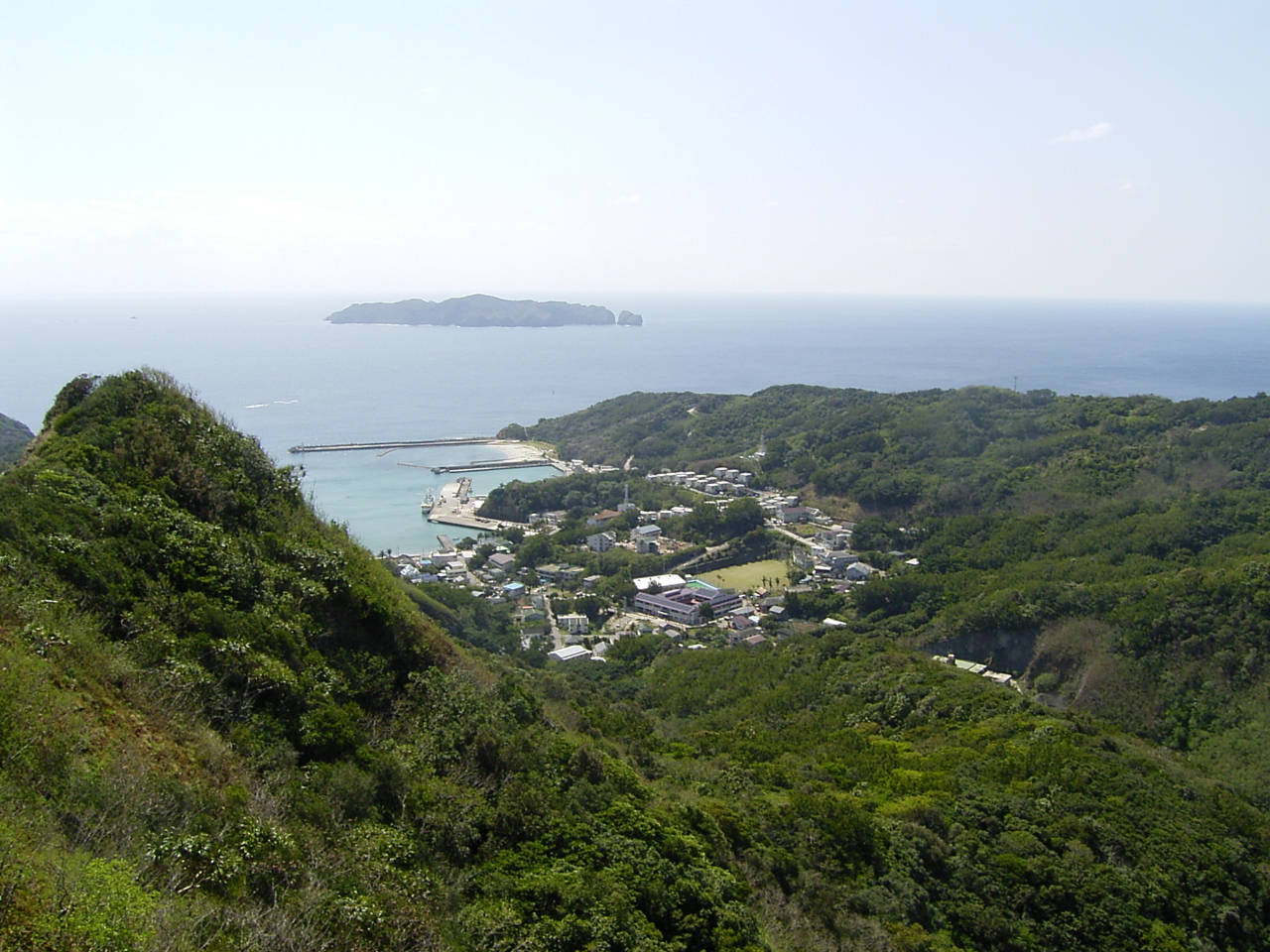 The site is administered as five legally authorised divisions by the Ogasawara National Park. The Forestry and the Cultural Agency, Ministry of Environment has outlined seven statutes of national legislations that lay the legal framework. Conflicts are settled through the inter-agency Regional Liaison Committee structure. The action plan is drawn to include a part of the property beyond the confinement area of the site in order to supervise navigation routes (129,360 ha). The plan improves critical aspects such as island access and invasive species control, and it provides detailed management ventures with well-defined plans. The plan incorporates specific scientific know-how coupled with time-oriented and planned actions through dialogue between researchers, managers and the wider community. The Scientific Council has adopted a management-oriented approach focussing on local engagement and community maintenance (UNESCO whc.unesco.org).
The current threats include the presence of invasive alien species and climate change. Although significant advances have been made in alleviating and eradicating invasive species, a significantly high threat level persists due to the widespread distribution of green anole (Anolis carolinensis), invasive flatworm (Platydemus manokwari), and the potential introduction of African big-headed ant (Pheidole megacephala), which poses an existential threat to land snails. Similarly, feral cats on the property pose a risk, particularly to nesting seabirds. The invasive species pose a threat to the lycaenid butterfly (Celastrina ogasawaraemsis) and may further reduce the population of the Ogasawara greenfinch (Chlolis kittlitzi).
The impact of tourism on the site has been regulated and has remained limited. It remains a threat to the biosecurity of the site. The plan for the construction of an airport connecting the islands and Tokyo needs an impact assessment. The construction will alter the topography of Nakayama Pass, which is adjacent to the site. The site is protected by a rigorous law protection control regime, with sensitive areas being inaccessible to visitorsThe inscription of the site on the UNESCO World Heritage Site list has provided a stimulus to tourism, and according to media reports the number of visitors increased from 21,000 to 31,000 and the number of cruises from 12 to 47 between 2011 and 2012, within a year of the inscription. but in 2013 the number of tourists travelling on cruise ships reduced to 2011 levels (IUCN Consultation, 2020a).
The management system though effective is complex due to the involvement of multiple actors such as the combination of three central, two local administrations, and regional Liaison Committees (Havas et al. 2016). Thus, the Scientific Council and the Ogasawara Regional Liaison Committee have together outlined a revised plan (under discussion) called the Ogasawara Island Ecosystem Conservation Action Plan, which will draw up the strategy for the ecosystem of each island and prepare a blueprint for implementing it.
The boundaries of the site have been clearly demarcated. This benefits the site as it is isolated and the community residing nearby is evidently engaged in protecting it (IUCN Consultation, 2020b). The action plans are meshed with the policies and plans of the Tokyo Metropolitan Government and Ogasawara Village at both the regional and local levels. It is crucial to note that the Regional Liaison Committee has been meeting annually since 2006 to propagate and perpetuate community engagement in the management decisions as research points out that there is an optimum awareness level with respect to management and protection that results in strengthened responsibility in competent management (Havas et al. 2016). More efforts are required by the Regional Liaison Committee for efficient management (IUCN Consultation, 2020a). The legal framework encompasses Wilderness Area, National Park, National Wildlife Protection Area, Natural Monument and Forest Ecosystem Reserve. The site remains largely inaccessible, and the increasing numbers of visitors have the potential to cause destruction. The decisions and recommendations of the committee have more or less been implemented to safeguard the pristine environment. The committee has been involved in reviewing the Ogasawara National Park Plan, in which the Environment Ministry is rooting for the expansion of Marine Park Zones. This has been strongly endorsed by the committee. The budgetary allocation has reduced over the years. The funding from the Environment Ministry, Forestry Agency, Tokyo Metropolitan Government and Ogasawara village was sustained from 2017 to 2019. The budget is not adequate to address the current threats (IUCN Consultation, 2020a). The present research is examining topics such as the species diversity and the existence of new species on the islands (Abrams et al. 2018). Research is needed to delve deeper into climate change and its impacts on the islands. Overall, the management efforts have been effective and have controlled the spread of invasive species, thereby safeguarding the endemism within the islands. Although efforts have been made, the principal threats, such as invasive species and climate change, continue to pose a challenge. Strengthened biosecurity measures are needed to safeguard the site’s innate conditions.
The site is administered as five legally authorised divisions by the Ogasawara National Park. The Forestry and the Cultural Agency, Ministry of Environment has outlined seven statutes of national legislations that lay the legal framework. Conflicts are settled through the inter-agency Regional Liaison Committee structure. The action plan is drawn to include a part of the property beyond the confinement area of the site in order to supervise navigation routes (129,360 ha). The plan improves critical aspects such as island access and invasive species control, and it provides detailed management ventures with well-defined plans. The plan incorporates specific scientific know-how coupled with time-oriented and planned actions through dialogue between researchers, managers and the wider community. The Scientific Council has adopted a management-oriented approach focussing on local engagement and community maintenance (UNESCO whc.unesco.org).
The current threats include the presence of invasive alien species and climate change. Although significant advances have been made in alleviating and eradicating invasive species, a significantly high threat level persists due to the widespread distribution of green anole (Anolis carolinensis), invasive flatworm (Platydemus manokwari), and the potential introduction of African big-headed ant (Pheidole megacephala), which poses an existential threat to land snails. Similarly, feral cats on the property pose a risk, particularly to nesting seabirds. The invasive species pose a threat to the lycaenid butterfly (Celastrina ogasawaraemsis) and may further reduce the population of the Ogasawara greenfinch (Chlolis kittlitzi).
The impact of tourism on the site has been regulated and has remained limited. It remains a threat to the biosecurity of the site. The plan for the construction of an airport connecting the islands and Tokyo needs an impact assessment. The construction will alter the topography of Nakayama Pass, which is adjacent to the site. The site is protected by a rigorous law protection control regime, with sensitive areas being inaccessible to visitorsThe inscription of the site on the UNESCO World Heritage Site list has provided a stimulus to tourism, and according to media reports the number of visitors increased from 21,000 to 31,000 and the number of cruises from 12 to 47 between 2011 and 2012, within a year of the inscription. but in 2013 the number of tourists travelling on cruise ships reduced to 2011 levels (IUCN Consultation, 2020a).
The management system though effective is complex due to the involvement of multiple actors such as the combination of three central, two local administrations, and regional Liaison Committees (Havas et al. 2016). Thus, the Scientific Council and the Ogasawara Regional Liaison Committee have together outlined a revised plan (under discussion) called the Ogasawara Island Ecosystem Conservation Action Plan, which will draw up the strategy for the ecosystem of each island and prepare a blueprint for implementing it.
The boundaries of the site have been clearly demarcated. This benefits the site as it is isolated and the community residing nearby is evidently engaged in protecting it (IUCN Consultation, 2020b). The action plans are meshed with the policies and plans of the Tokyo Metropolitan Government and Ogasawara Village at both the regional and local levels. It is crucial to note that the Regional Liaison Committee has been meeting annually since 2006 to propagate and perpetuate community engagement in the management decisions as research points out that there is an optimum awareness level with respect to management and protection that results in strengthened responsibility in competent management (Havas et al. 2016). More efforts are required by the Regional Liaison Committee for efficient management (IUCN Consultation, 2020a). The legal framework encompasses Wilderness Area, National Park, National Wildlife Protection Area, Natural Monument and Forest Ecosystem Reserve. The site remains largely inaccessible, and the increasing numbers of visitors have the potential to cause destruction. The decisions and recommendations of the committee have more or less been implemented to safeguard the pristine environment. The committee has been involved in reviewing the Ogasawara National Park Plan, in which the Environment Ministry is rooting for the expansion of Marine Park Zones. This has been strongly endorsed by the committee. The budgetary allocation has reduced over the years. The funding from the Environment Ministry, Forestry Agency, Tokyo Metropolitan Government and Ogasawara village was sustained from 2017 to 2019. The budget is not adequate to address the current threats (IUCN Consultation, 2020a). The present research is examining topics such as the species diversity and the existence of new species on the islands (Abrams et al. 2018). Research is needed to delve deeper into climate change and its impacts on the islands. Overall, the management efforts have been effective and have controlled the spread of invasive species, thereby safeguarding the endemism within the islands. Although efforts have been made, the principal threats, such as invasive species and climate change, continue to pose a challenge. Strengthened biosecurity measures are needed to safeguard the site’s innate conditions.
